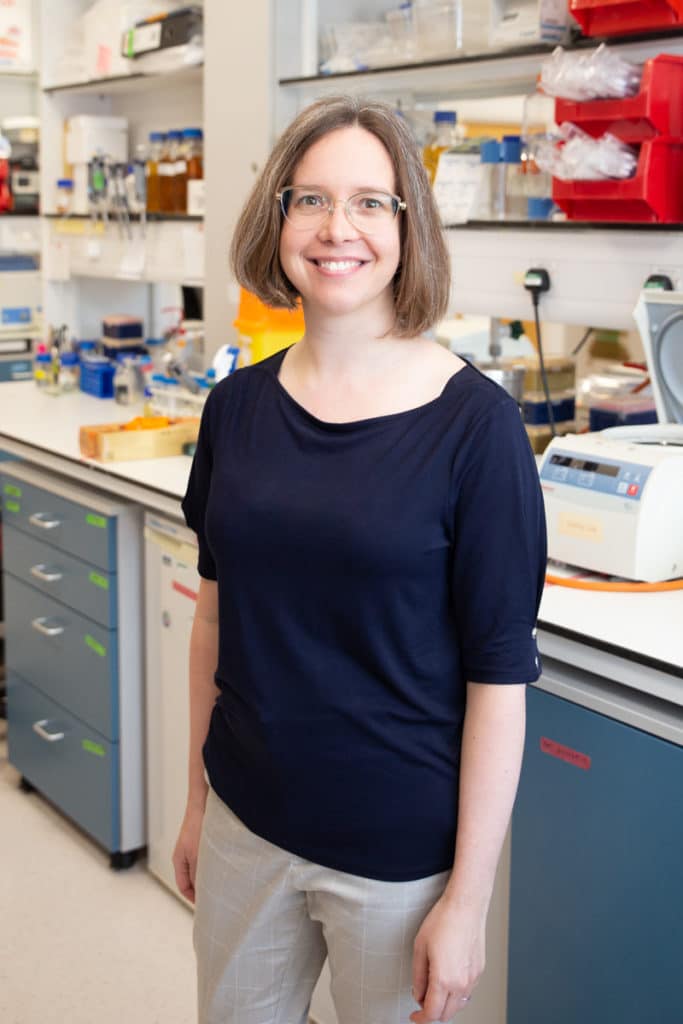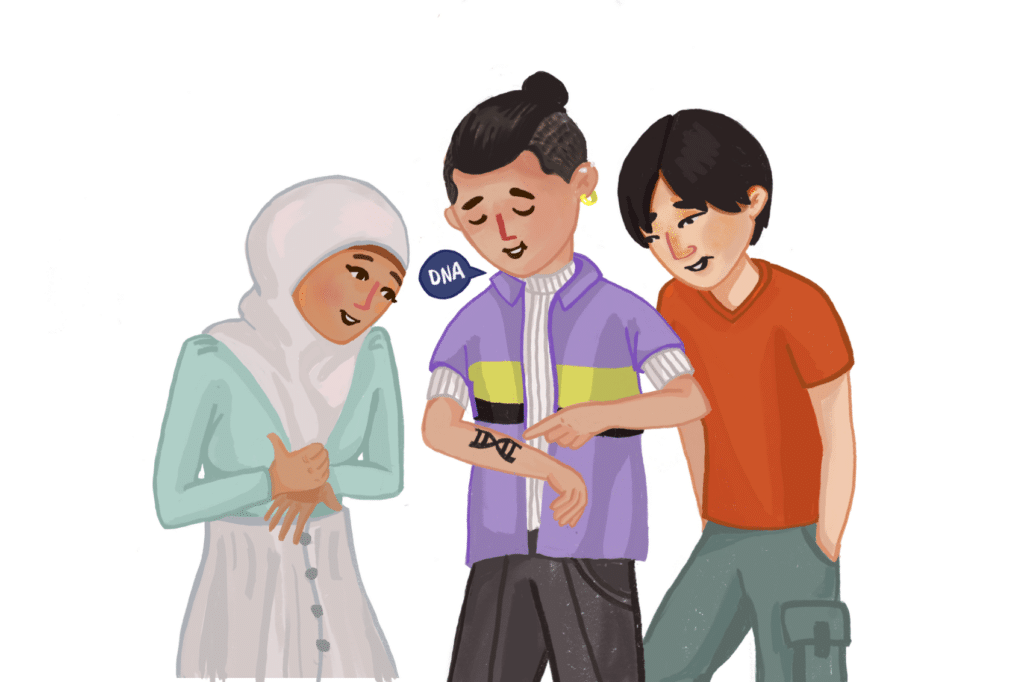
Filopodia
The ‘Filopodia’ temporary tattoo was designed for the Gallop lab group to represent their research as part of the Tattoo my Science project.

Filopodia
Some cells can move and interact with their environment by producing finger-like structures called filopodia. Filopodia can work like “sticky fingers” to help the cell move and can receive information like antennae.
This cell is a special type of neuron with many filopodia, called a retinal ganglion cell. It comes from a frog eye and connects to the frog’s brain to help the animal to see.
Design by Vasja Urbancic
Gallop Lab Group
Signalling to the actin cytoskeleton
Cells move during embryonic development and throughout the life of an organism. When they move, cells reorganise a system of filaments – the actin cytoskeleton – that gives them their shape and exerts force on the surrounding tissues. When regulation of the actin cytoskeleton is disrupted it can lead to cancer metastasis, intellectual disability, kidney dysfunction and other problems.


Share your tattoo!
Remember if you post a photo of your tattoo on Instagram, tag us @gurdoninstitute



